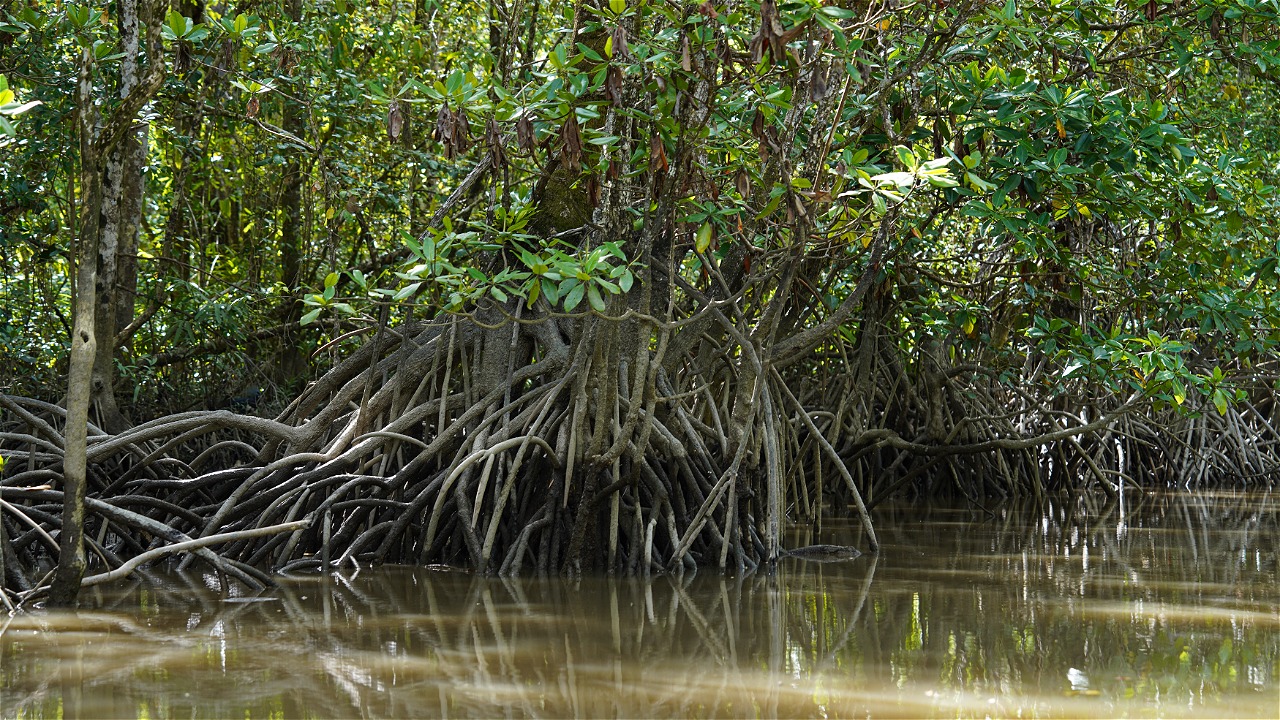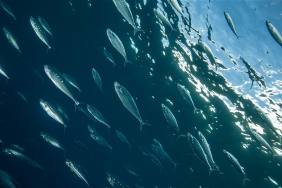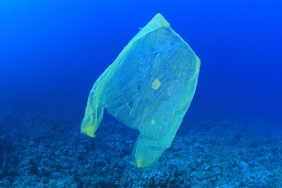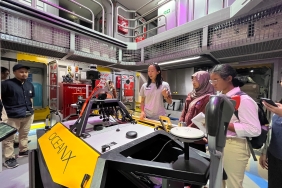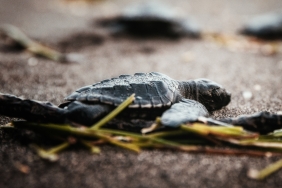PRESERVE MANGROVES WITH THE SURABAYA MARINE BUDDIES COMMUNITY
By: Dian O. Savitri (Marine Buddies Surabaya Community)
On January 21, Surabaya Marine Buddies Community conducted a mangrove planting activity with Buah Hati Surabaya Kindergarten. This activity with the theme "Hello Ocean" aims to invite the children of Buah Hati Surabaya Kindergarten to love their environment more. A total of 100 mangrove seedlings were provided for the planting which was carried out at the Wonorejo Mangrove Forest.
So, buddies, why do we have to invite our kids to plant mangroves? Yep, because mangroves as one of the natural resources that grow in this coastal area is a unique ecosystem. Mangrove forests have an important role as a connector ecosystem between land and sea. There are so many benefits of mangroves themselves, one of which is as a fence from the waves to prevent abrasion. In addition, mangroves are also a place for small fish to live, produce oxygen and absorb carbon dioxide, you know! However, currently many mangrove forests in Surabaya are being displaced for housing development. Sad isn't it, buddies?
The mangrove planting started at 09.00 with 10 Marine Buddies Surabaya Community Volunteers and six children from Buah Hati Kindergarten Surabaya. We all headed straight to the jogging track area, which was quite far from the parking lot, but we thought we'd get some exercise. Arriving at the location we were immediately assisted by Mr. Danu as the manager. He taught us how to choose suitable land for planting and how to plant mangroves. The land chosen for planting mangroves is a muddy type with a flat and airy soil. "Make sure the seedlings are submerged in water during high tide, so they don't need watering," explained Mr. Danu. This is because muddy soil types have nutrients that make mangroves fertile and grow quickly when compared to sandy areas.
Mr. Danu also explained that the type of mangrove planted is Rhizopora Sp. Oh yes, there are many kinds of mangroves, you know, buddies!
Before we do mangrove planting, the soil must be hollowed out with the help of tools approximately 15 - 20 cm with the planting distance patterned lengthwise to be parallel and neat so that there are 10 rows of mangrove seedlings. After the seedlings are put into the hole, the hole is immediately closed and compacted, but try not to plant it on its side. This type of mangrove planting Rhizopora Sp. does not require ajir or supporting wood for the seedlings, buddies, because the mangrove seedlings are strong enough and large enough for the land planted so that they will not collapse if exposed to large sea tides.
When entering the land, the feet feel a pleasant sensation in the mud, it feels like being massaged naturally. We also found many animals in the mud, such as worms and mangrove crabs. After getting a lot of direction and explanation from Mr. Danu about planting mangroves, we thought that this activity would be very easy to do, but it turned out to be very difficult, because the muddy land made it difficult for us to move. But, that's how the struggle to preserve nature takes a long time to wait for the mangroves to mature. After the mangrove planting, we hope that the children of Buah Hati Surabaya Kindergarten will know how to preserve nature.

